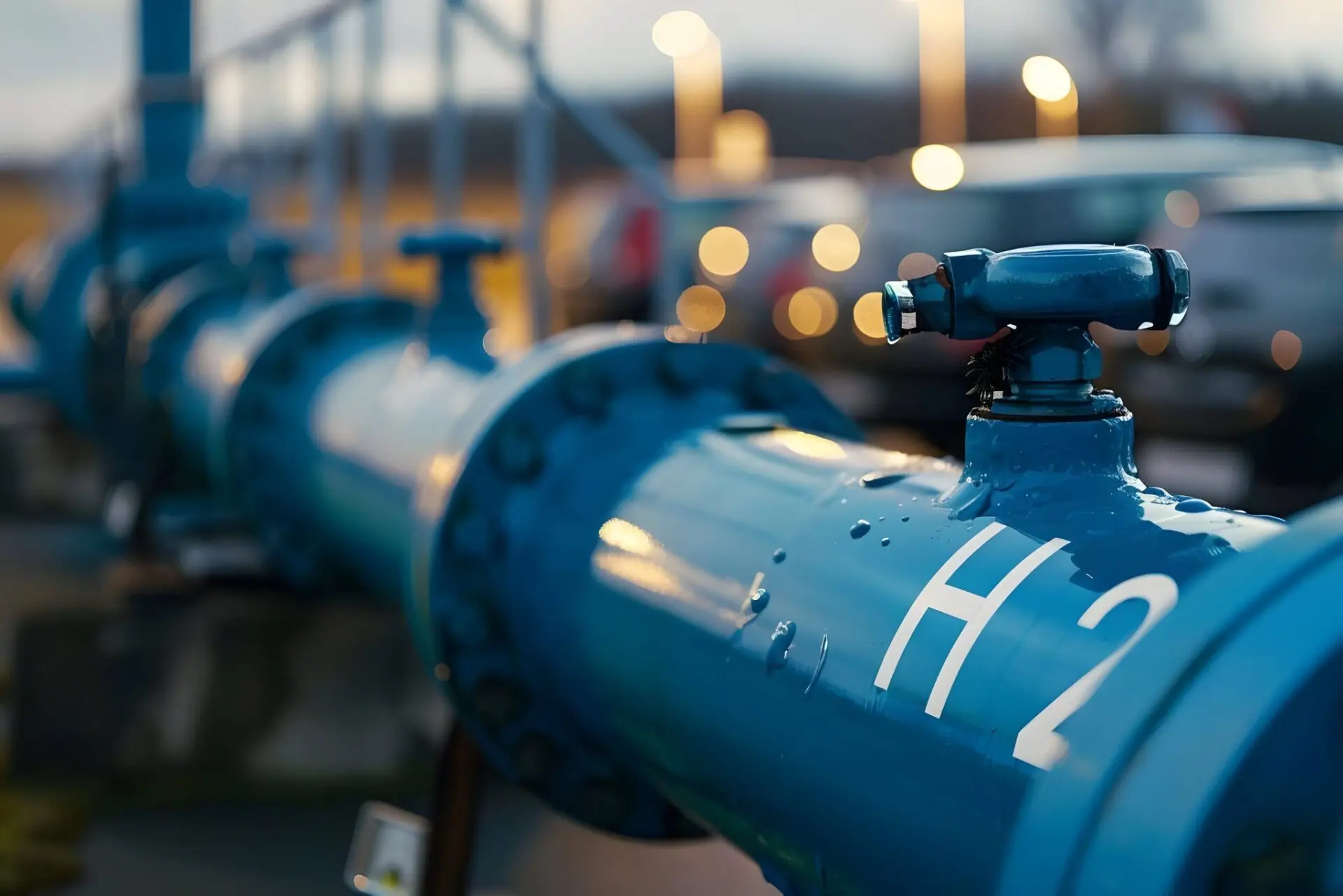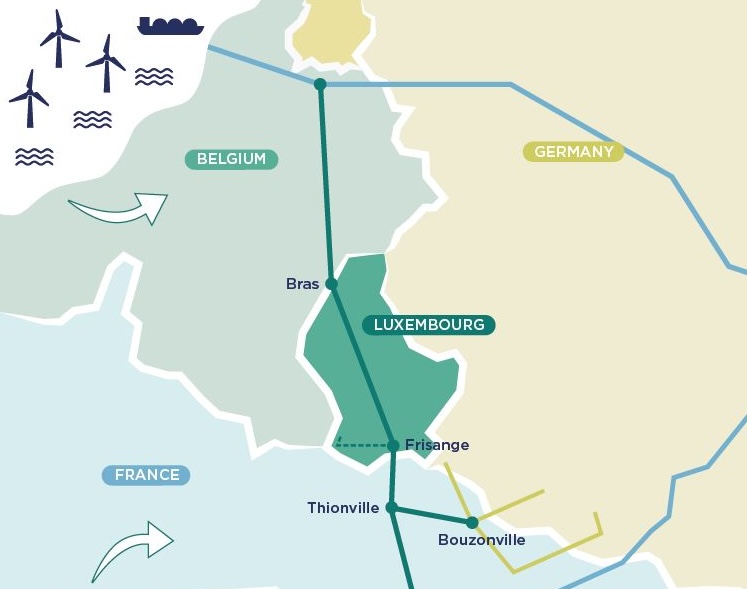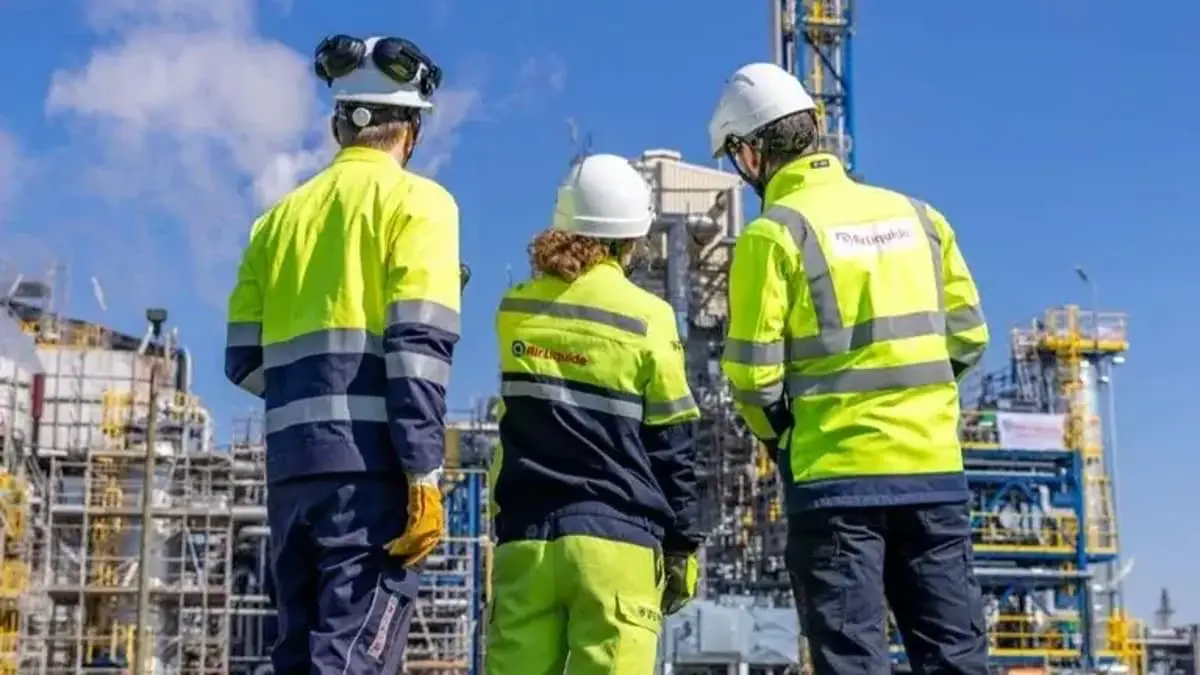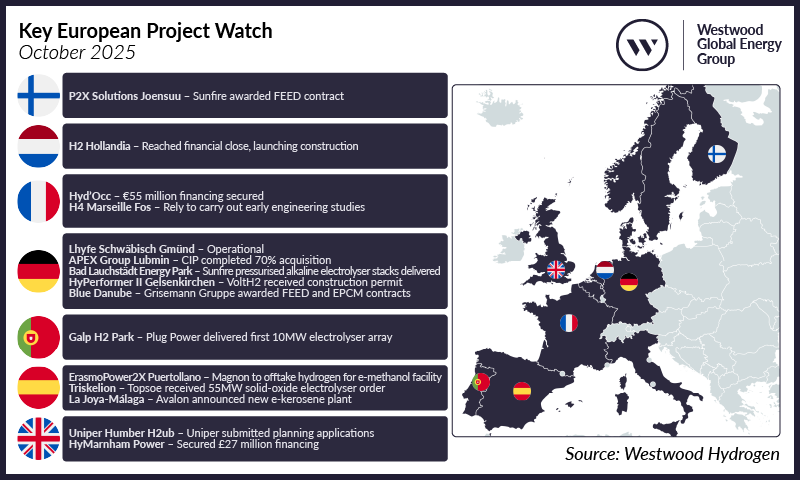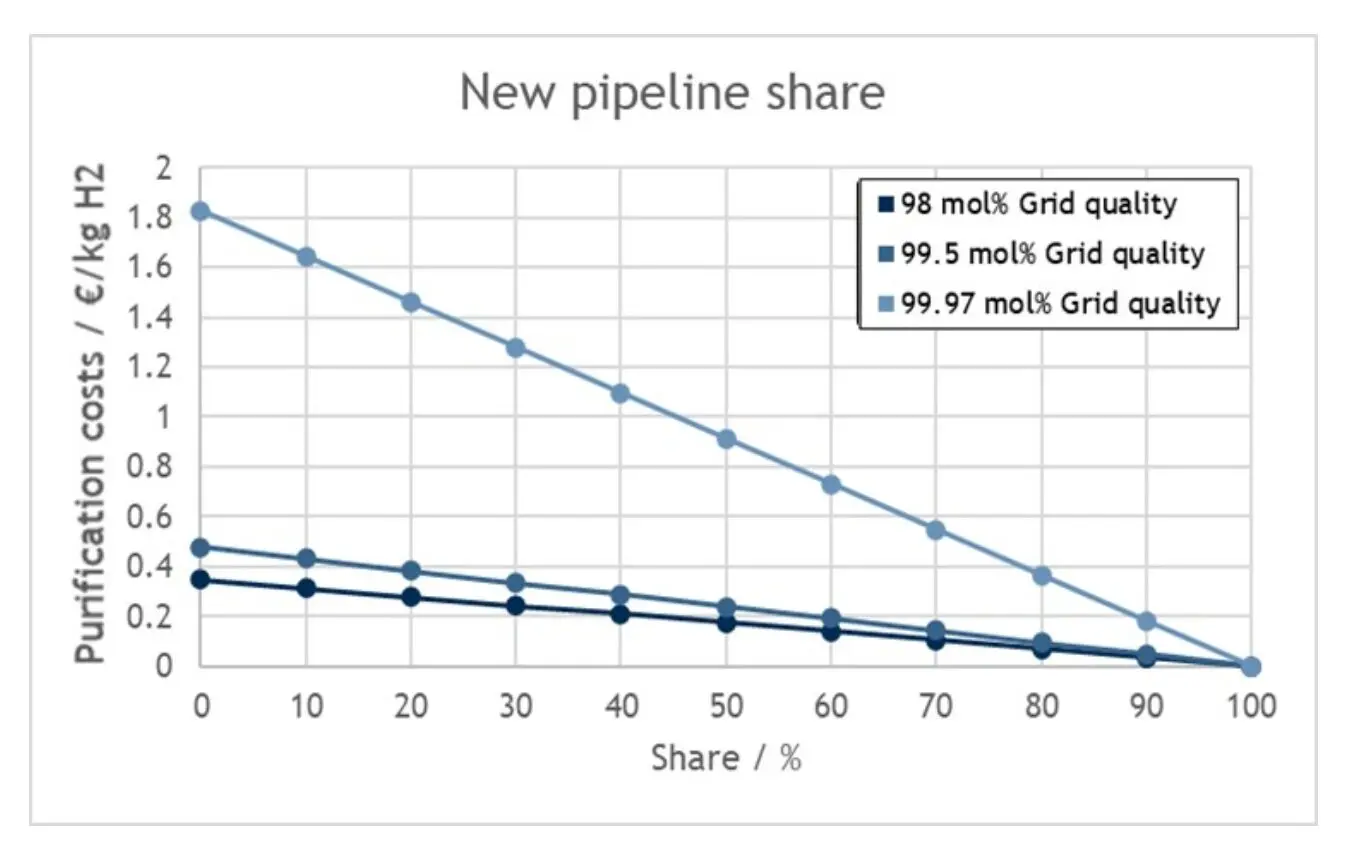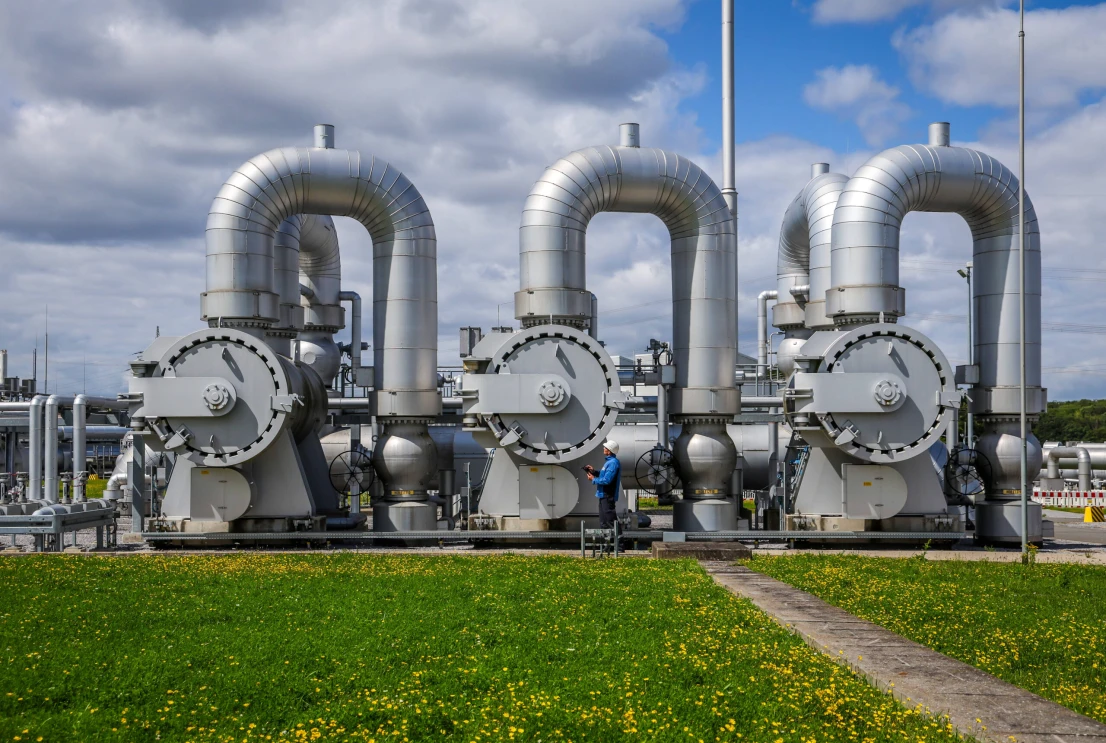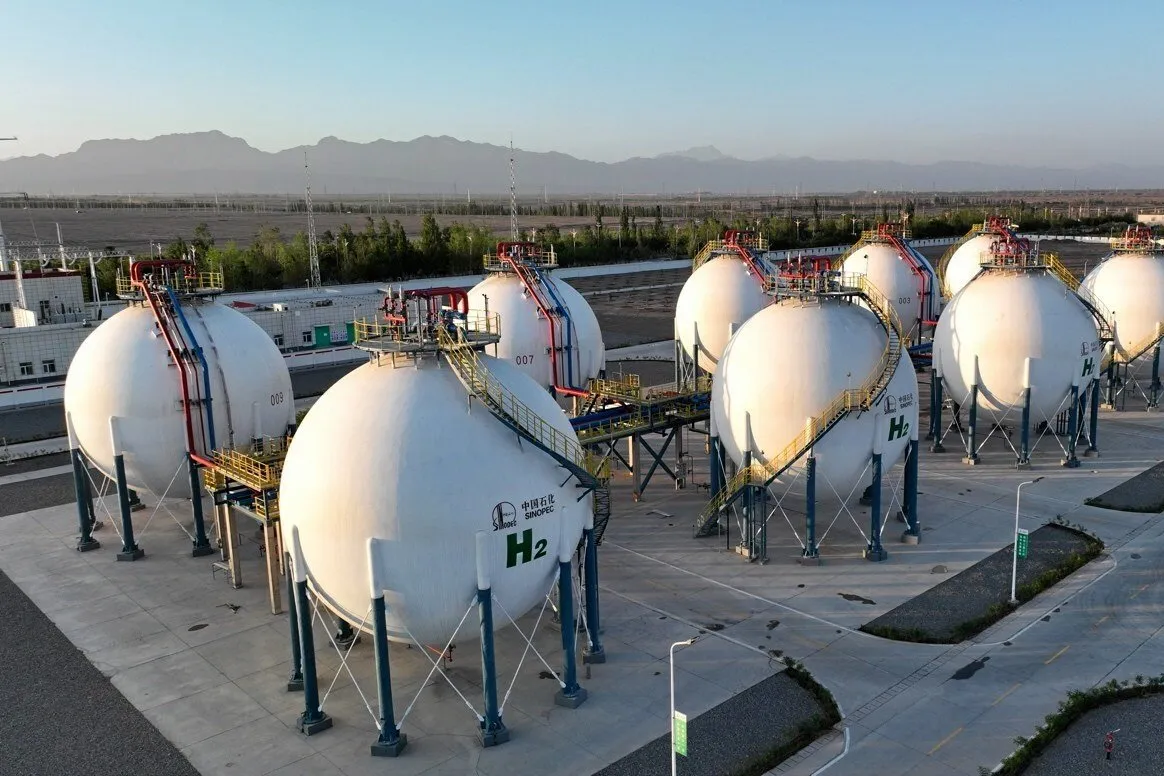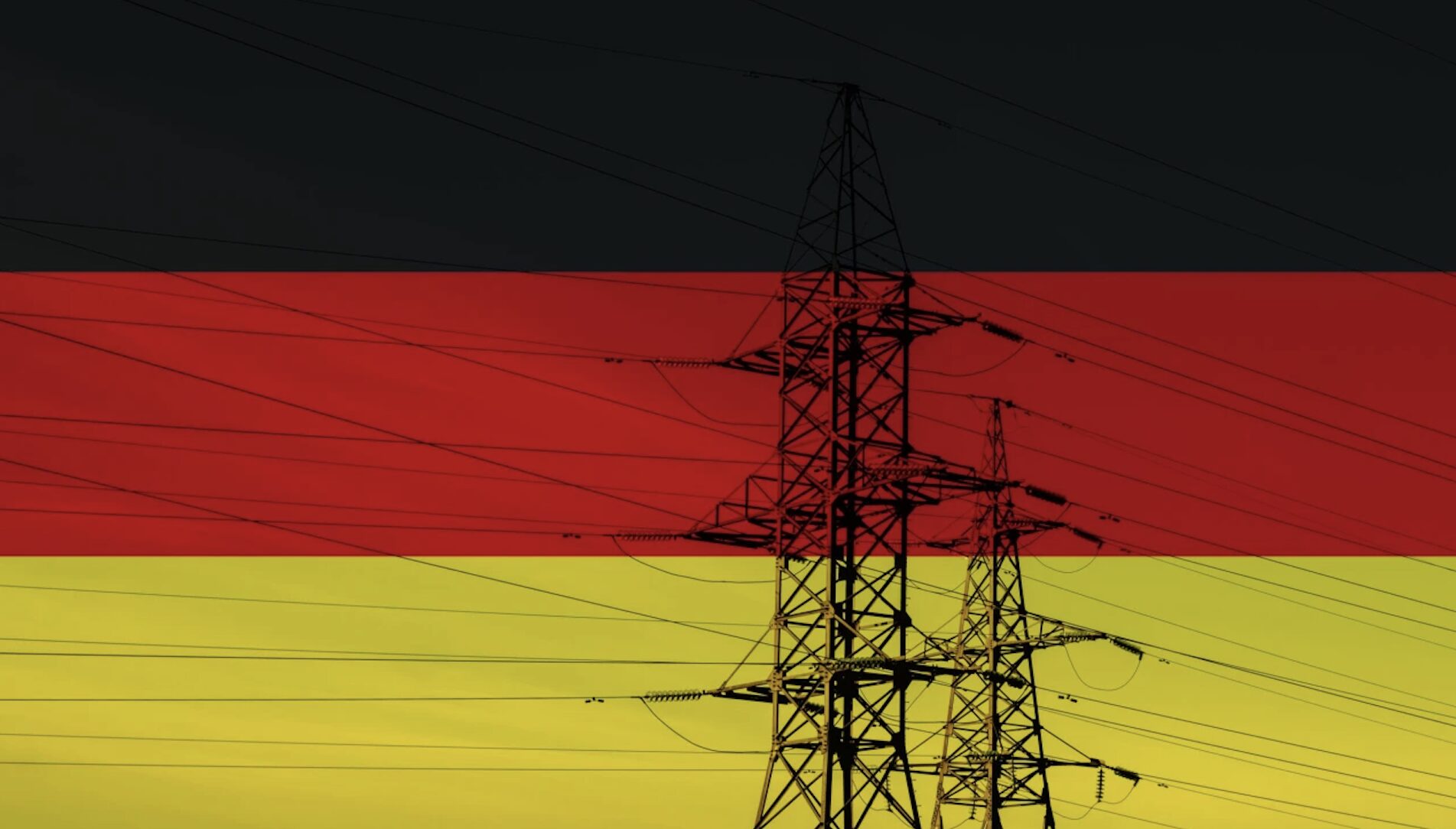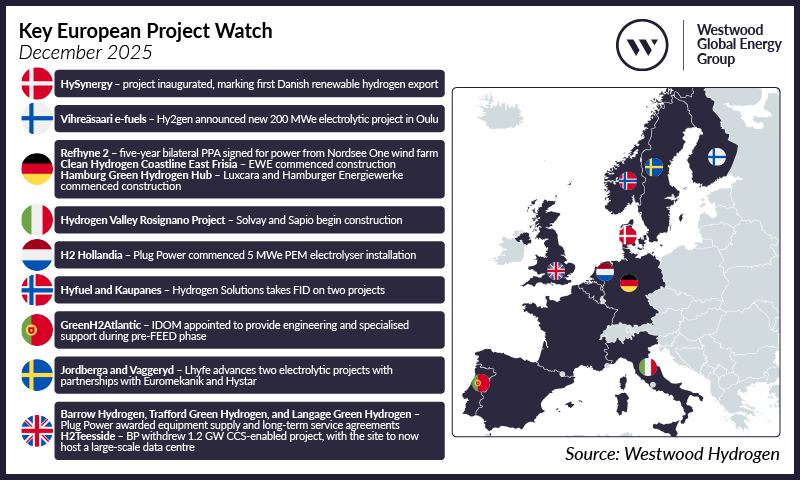
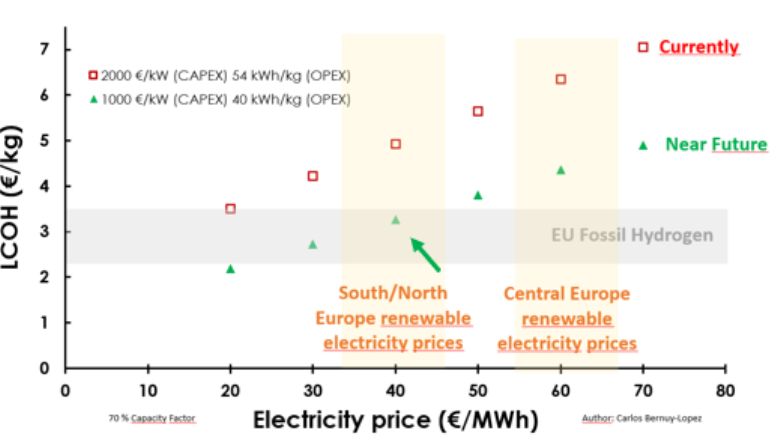
Was the EU too ambitious on renewable hydrogen? Or just visionary? Back in 2019, the EU set bold targets:
At the time, these numbers felt reasonable – even conservative – for global climate ambitions. Some projections pointed to over 1,000 Mt of hydrogen needed worldwide by 2050. Even the more cautious voices (200–300 Mt) considered 20 Mt for the EU realistic.
But today, we’re still far from that vision. By 2030, current regulations only point to ~4 Mt of renewable H2 in aviation and industry. So…
From my perspective, 20 Mt remains a critical goal:
What have we learned?
H2 is an intermediate vector, enabling decarbonization of our sectors very difficult to electrify such as steel, refineries, fertilizers, aviation or shipping.
We must embrace green hydrogen, accelerate renewable electricity generation and treat it what it is: a renewable technology.
Production must happen where it’s cheapest (e.g. Spain), and be used where it’s most needed (e.g. Germany), and no necessarily as H2 molecule but as a decarbonized product (i.e. iron sponge, methanol, e-SAF, etc…).
It’s time to start small, de-risk, and scale fast. Projects of just a few MWs today will lay the foundation for future GWs. It is very important to make the project in year 10 as competitive as a new one by designing them on having lower and lower OPEX as they grow.
This is not just about energy – it’s about Europe’s industrial future.
What’s your view? How do we move faster, together, to make renewable hydrogen a European success story?
Source: Carlos Bernuy Lopez

